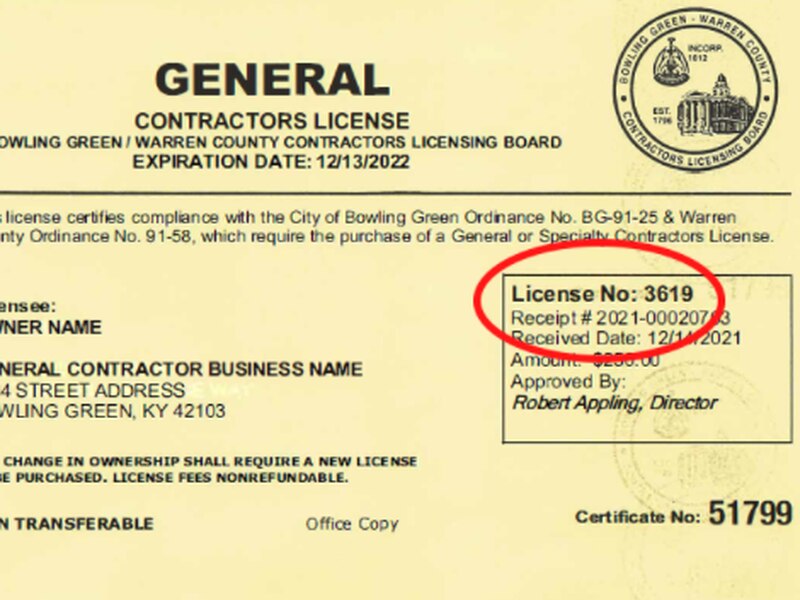
Below are some tips and tricks to help you get your small engine started. Before you start to work on your engine, be sure to check the manual. It is important to ensure the correct oil level, and the correct fuel level. When you turn the engine on, make sure to open the choke halfway or fully. You will experience excessive high speed running. These tips can help you start your engine safe. To make your engine run better and last longer, these are some tips that you should know before you begin to work on it.
Automatic disengaging couplings
For small engines, torque-limiting devices can also be fitted to automatic disengaging couplings. These devices prevent excessive torque from causing torsional strain to the drive shaft by automatically disengaging at a specific torque. These are particularly useful for high-value machinery and equipment, as they help protect against expensive repairs and downtime. Some types of automatic disengaging couplings have additional functions, such as dampening and shock absorption.

Spark arrestors
Spark arrestors, in addition to being necessary for some small engines can help prevent the ignition nearby combustibles. There are many kinds of arrestors you can choose from but they all have one purpose: to stop a spark leaving the combustion chamber. Some states even require spark arrestors for small engines. If you're looking for the right spark arrestor, it's important to know the rules and regulations for using them.
Ignition coils
It is easy to identify ignition coils in small engines by taking the spark plug from the engine and placing it inside the sparkplug boot. To measure the resistance of your coil, you can use the multimeter. You must ensure that the main lead of your multimeter is in contact with the spark plug. If you find that the resistance is less than this value, the coil is probably damaged. There are many ways to tell if your coil is damaged.
Oil check
A good way to ensure your engine is running smoothly, whether you're starting it for the first or second time. Even though small engines don’t have a lot of oil, it is important to make sure everything runs smoothly. SAE-30 oil is a good choice. The oil has the highest operating flow rate, and will provide the best possible lubrication.

Overrunning clutch
For small engines, it can be a good idea to use overrunning clutches. This invention is a starter that has a wedge-shaped area inside the clutch housing. A spring-loaded roller engages this wedge-shaped space, forcing it into a tapered slot. The rollers absorb the impact torque and convey it to the engine ring gear. This design keeps the engine's speed constant even under changing torque conditions.
FAQ
Is it worthwhile to spend more money on professional handyman services?
This will depend on the type and scope of your project. A professional handyman service is recommended for complex projects such as office renovations.
Is it possible for a handyman to install new fixtures or appliances?
These projects are best left to the professionals. Be sure to identify the appliance or fixture that will be installed before you start.
Are handymen insured?
Yes! Yes. Insurance companies usually cover liability claims of up to $1,000,000 for bodily injury or property damage. Your insurance company will typically compensate you for damages if there is a problem during the project.
How often do I need to hire a handyman
It depends on the nature and scope of your project. A handyman may be all you need for a small job, such as replacing a light bulb. However, if there is a lot of remodeling involved, you could probably use several handymen over the course of the project.
Which is better: contracting, or being a handyman.
A handyman does not require as much resources as contracting. You only need to have your tools. While contractors often rely on subcontractors, handymen must be able and willing to manage their own work schedules.
Statistics
- Another estimate was that the market in the United States was $126 billion and was increasing by about 4% annually. (en.wikipedia.org)
- Our handyman services for seniors are provided by professional senior helpers who have been serving the community for over 20 years with 98% customer satisfaction. (cantatahomeservices.org)
- With a strong housing market, the handyman and general maintenance worker industry are expected to grow by nearly 10% in the next decade. (housecallpro.com)
- More than 20% of homes in America have outdoor living spaces, including decks and patios. (mrhandyman.com)
- A franchise was approximately $110,000 with a franchise fee of $14,900, according to a spokesperson for a national handyman franchise. (en.wikipedia.org)
External Links
How To
How to Replace Broken Tiles
Step 1 - Remove the old tiles.
Removing the tiles from your flooring is a good idea. These tiles will be useful later on, so you'll need to keep them intact. Note which pieces are missing or damaged to avoid having to search for replacements.
Step 2 – Choose New Tiles
Take a look at some different options available for tile replacement.
-
Find a tile that is identical to the one you are removing.
-
To find the matching piece, use the measurements that you took while removing the tile. This makes it easier to get the right size without having to measure again.
-
Find colors, patterns textures, sizes and shapes in all possible combinations.
-
Consider the grout you want to use. Some prefer a solid color, while others like mixing it up.
-
Make sure the tile you select is resistant to moisture.
-
Also, think about where you want to place your new tile. This will help you save time and money.
-
After you've selected your tile, place your order online or at your local Lowe's shop.
Step 3 - Install the new tiles.
Use the same method as before to install your new tiles. It's important to align them correctly in order for them to fit together.
Step 4 -- Clean Up
Be sure to vacuum up all crumbs and debris before applying the last layer.
This will stop dirt and dust from entering the cracks between tiles.
Step 5: Sand down the Floor
Clean everything and sand the floor.
Step 6 – Finish Off
Once the floor is completely smooth, apply the protective coatings to the tiles. It is important to wait before you apply the protective coatings.
To protect your floors from stains, you can use "damp-and dry" products.
However, it won't cover every possible problem that may occur after you've installed your new tiles. An anti-slip coating can be added to the protective layer for children who are often running around.
Remember to let the protective sealer remain on for several additional weeks before you move into your home.